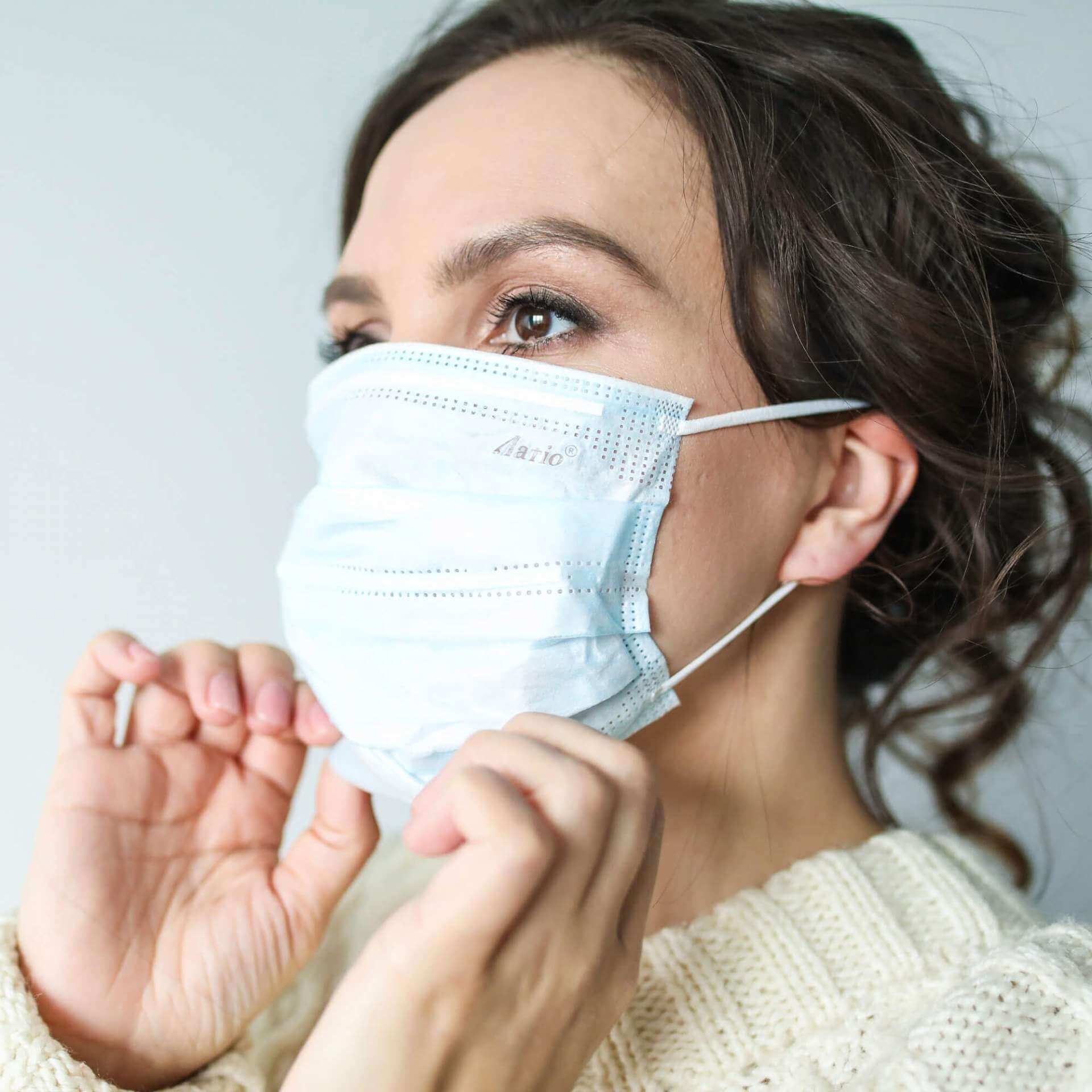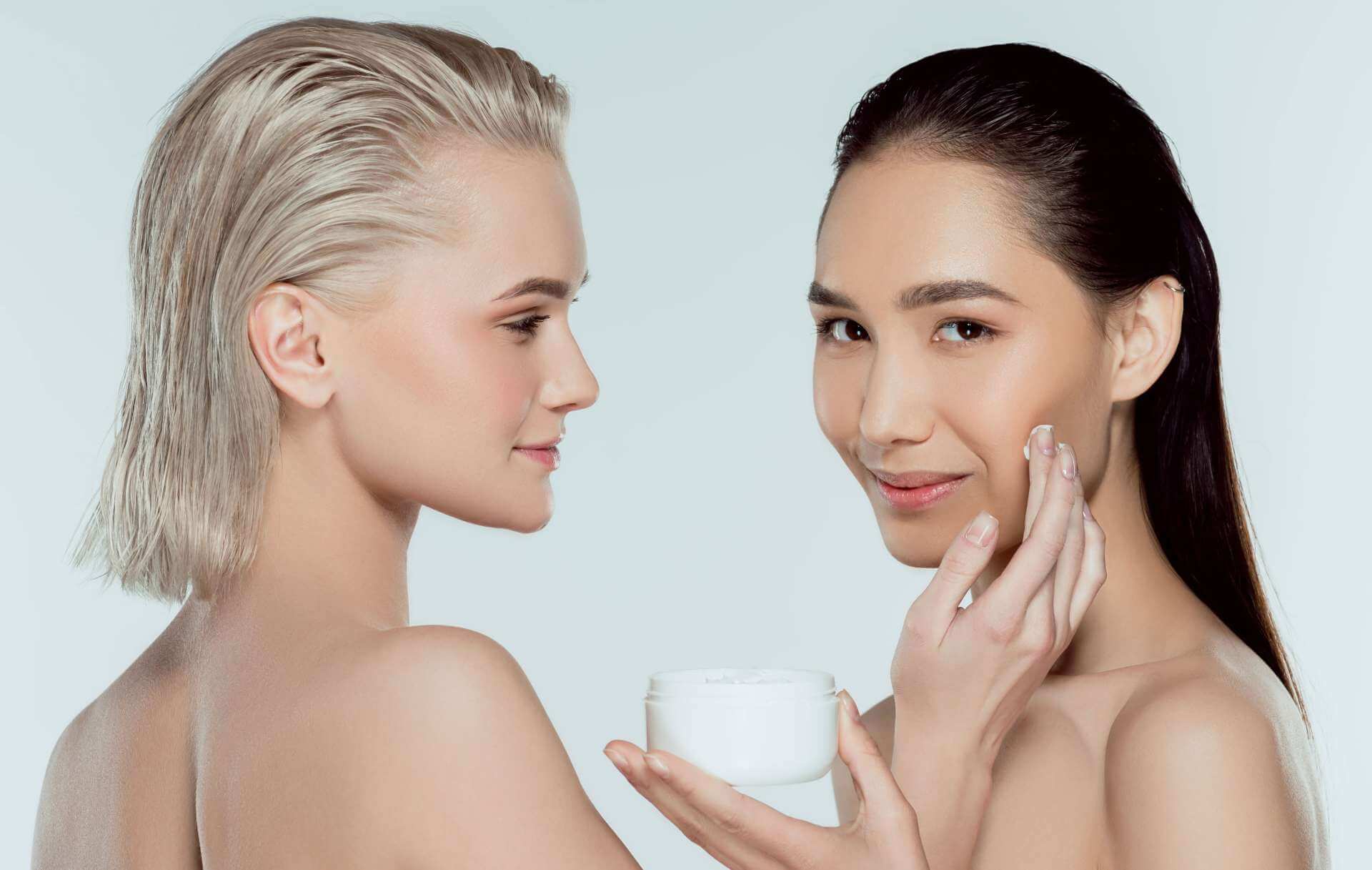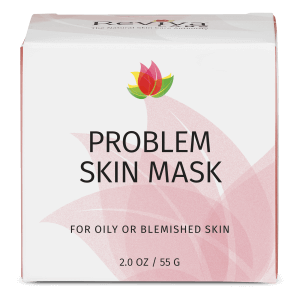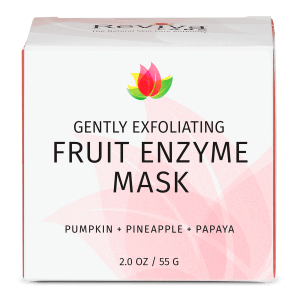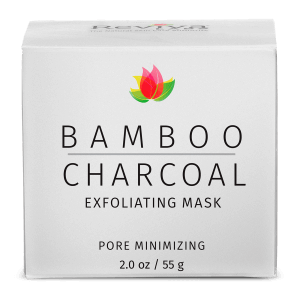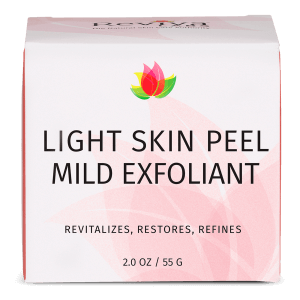Acne can be relentless. Anyone who deals with it knows how frustrating it is to find something that truly works. Sure, a simple cleanser might keep some breakouts at bay, but when the acne digs in deep, that’s when you turn to masks. Facial masks have been trusted for centuries as a go-to for drawing out impurities, calming inflammation, and soothing irritated skin. But what makes a mask effective for acne-prone skin? And why is kaolin clay a star ingredient? Let’s dive into the power of at-home facial masks and the ingredients that can help transform troubled skin.
Why Kaolin Clay?
Kaolin clay is one of the most popular ingredients you’ll find in masks designed for acne-prone skin—and for good reason. Unlike some harsher clays, kaolin is gentle enough to use frequently and still deliver deep-cleansing benefits. It works by absorbing excess oil, which is a major culprit behind acne breakouts. But kaolin doesn’t just stop at oil control. This mild clay is also known for its ability to gently exfoliate dead skin cells, which can clog pores and lead to those dreaded pimples.
If you’ve ever tried a mask and noticed your skin looking clearer and more matte afterward, kaolin clay was likely behind that transformation. Plus, kaolin is rich in minerals like silica, which helps improve skin elasticity, making it an excellent option not just for acne but for overall skin health.
Other Ingredients That Soothe and Heal Acne
While kaolin clay plays a starring role, it’s far from the only hero in a good acne-fighting mask. There are several other ingredients you should look for when choosing or creating a mask, each with its own unique benefits for calming and treating acne.
Tea Tree Oil – The Natural Blemish Fighter
Tea tree oil is practically a legend in acne treatment. Why? Because tea tree oil has potent antibacterial and anti-inflammatory properties. Since bacteria can get trapped in the skin and cause acne, tea tree oil works to kill those bacteria on contact. It also helps reduce redness and swelling, giving your skin a chance to heal without leaving scars behind.
Research backs up its effectiveness. A study published in the Journal of Dermatology found that a 5% tea tree oil gel was just as effective as benzoyl peroxide in treating acne, with fewer side effects like dryness and irritation. That’s good news for anyone dealing with sensitive, acne-prone skin.
Salicylic Acid – Exfoliate and Unclog Pores
Another powerhouse ingredient to look for in an acne mask is salicylic acid. This beta hydroxy acid (BHA) works by penetrating deep into your pores to break down excess sebum and dead skin cells. If your skin tends to feel congested or you notice blackheads popping up, salicylic acid can help dissolve the gunk inside your pores and prevent new breakouts from forming.
What’s great about salicylic acid in a mask format is that it gets to sit on your skin for an extended period, allowing it to work more effectively than it might in a cleanser that you rinse off right away. Just be cautious not to overuse it, especially if you have dry skin, as it can cause irritation if applied too often.
Aloe Vera – Calm the Storm
The irritation, redness, and inflammation that come with breakouts can make you want to hide away. That’s where soothing ingredients like aloe vera come in. Known for its cooling and calming properties, aloe vera can significantly reduce redness and irritation, making it a perfect addition to acne masks.
Aloe vera also has antibacterial and anti-inflammatory properties, which help tackle the root cause of acne while promoting healing. It’s like a balm for your skin’s frustrations. You’ll notice your skin feels less inflamed, and the soothing effect can even help with post-inflammatory hyperpigmentation—those dark spots that linger after a pimple heals.
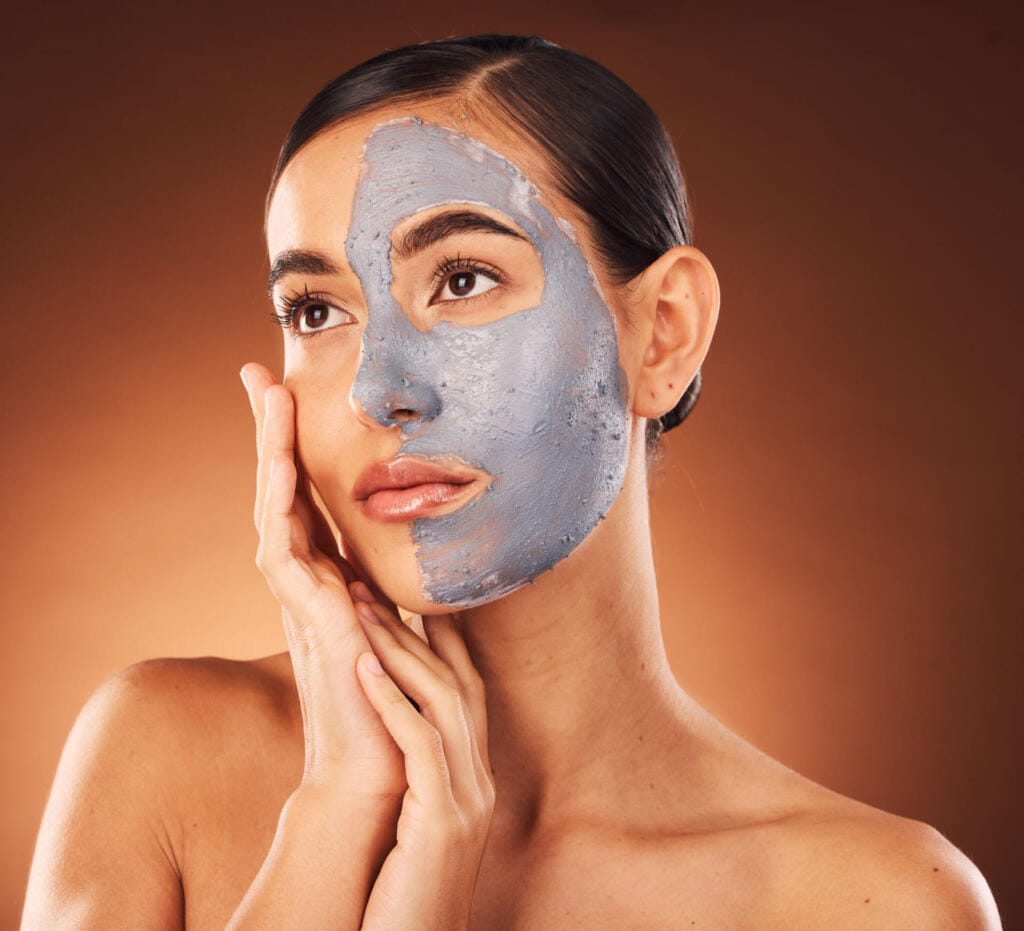
Masks With Charcoal
Activated charcoal is another common ingredient in acne masks. Its highly porous nature allows it to trap toxins, bacteria, and excess oil in its structure, which you then rinse away when you remove the mask. For those with oily or combination skin, charcoal masks can offer a much-needed detox without being too harsh.
What’s especially useful about charcoal is that it works well in tandem with ingredients like kaolin clay. While kaolin gently exfoliates, charcoal pulls out what’s lurking underneath. Together, they create a one-two punch for keeping skin clean, clear, and balanced.
Sulfur – The Acne Annihilator
Sulfur may not be as well-known as some of the other ingredients, but its benefits for acne-prone skin are undeniable. Often found in spot treatments, this mineral has antimicrobial properties that target acne-causing bacteria. It also works as a keratolytic agent, meaning it helps to shed the top layer of dead skin cells, allowing fresh, new skin to come through.
Sulfur is particularly effective at drying out pimples, making it a go-to for anyone dealing with persistent acne. Just keep in mind that sulfur can be drying, so it’s best paired with moisturizing ingredients to keep your skin balanced.
Niacinamide – Balancing Oil and Reducing Inflammation
If you’re looking for a gentle but powerful ingredient to calm acne while balancing oil production, niacinamide is your answer. This form of vitamin B3 is known for its ability to reduce sebum production, minimize pore appearance, and soothe inflammation. It’s especially useful for those with sensitive skin that gets easily irritated by stronger acne treatments.
Niacinamide also has the added bonus of improving skin barrier function. Acne treatments can often compromise your skin’s barrier, leading to dryness or irritation, but niacinamide works to restore it. That means you can treat your acne without worrying about your skin becoming dry or flaky in the process.
Honey – Nature’s Healer
Raw honey has been used for centuries as a natural healer, and for good reason. It’s a natural humectant, meaning it draws moisture to the skin, and it also has antibacterial properties that can help reduce acne-causing bacteria. When combined with kaolin clay in a mask, honey provides the perfect balance between cleansing and hydrating, making it an ideal ingredient for those with acne-prone but dry or sensitive skin.
Honey is also packed with antioxidants, which help repair the skin and reduce the appearance of scars. If your acne has left behind dark marks or uneven texture, incorporating honey into your routine can help brighten and smooth your complexion over time.
How to Use Acne Masks Effectively
Using an acne mask isn’t just about slathering it on and hoping for the best. There’s a strategy to getting the most out of your treatment. First, make sure to cleanse your skin thoroughly before applying a mask. This allows the active ingredients to penetrate more deeply.
Don’t leave masks on for too long—most clay-based masks, for instance, are best left on for 10 to 15 minutes. Letting them dry out completely can actually draw too much moisture from the skin, leading to irritation. After rinsing, follow up with a hydrating moisturizer to keep your skin balanced.
When it comes to acne, consistency is everything. Using a mask once in a while may offer short-term relief, but for lasting results, you’ll want to incorporate a mask into your routine regularly. Try using a clay or charcoal-based mask two to three times a week to help manage oil production and prevent breakouts before they happen.
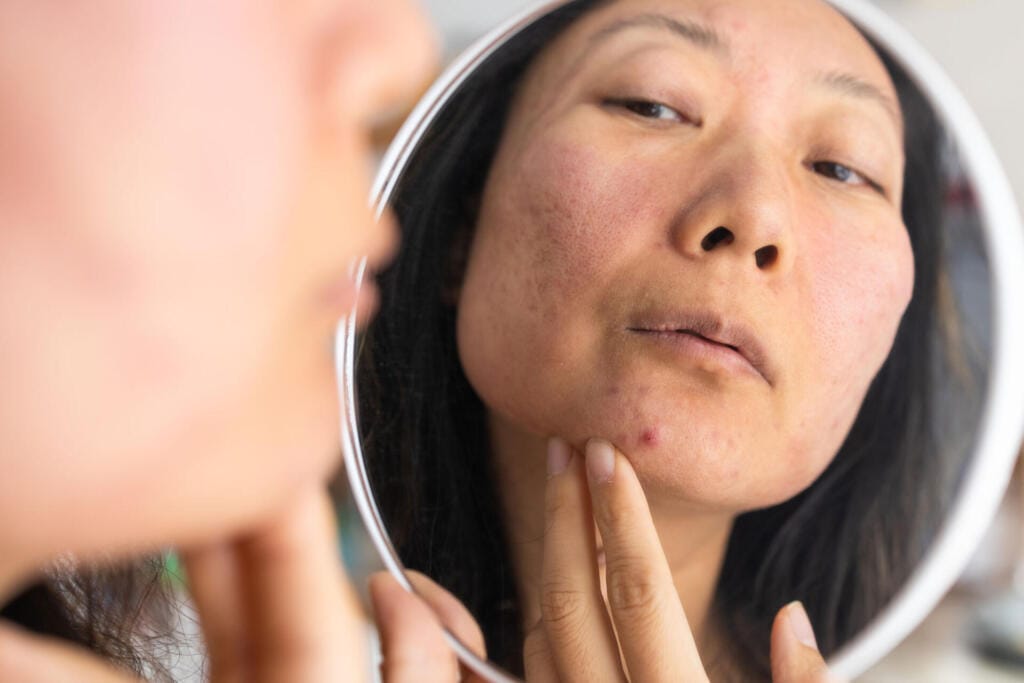
Facial Masks for Acne
Finally, when dealing with acne, it’s easy to feel like you need to throw everything at your skin in hopes of seeing improvement. But a more measured approach that incorporates ingredients like kaolin clay, salicylic acid, and soothing agents like aloe vera can provide better, more sustainable results. The right mask can make all the difference – find one that works with your skin, not against it.
Remember, acne is a journey. Treat your skin with patience, consistency, and a good mask or two along the way!





